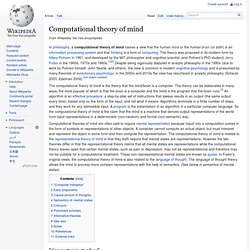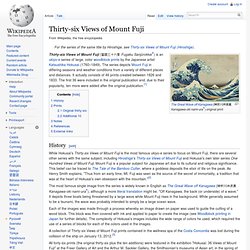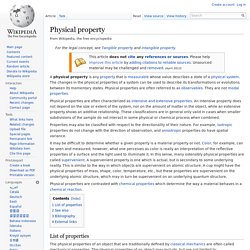

Computational theory of mind. In philosophy, a computational theory of mind names a view that the human mind or the human brain (or both) is an information processing system and that thinking is a form of computing.

The theory was proposed in its modern form by Hilary Putnam in 1961, and developed by the MIT philosopher and cognitive scientist (and Putnam's PhD student) Jerry Fodor in the 1960s, 1970s and 1980s.[1][2] Despite being vigorously disputed in analytic philosophy in the 1990s (due to work by Putnam himself, John Searle, and others), the view is common in modern cognitive psychology and is presumed by many theorists of evolutionary psychology; in the 2000s and 2010s the view has resurfaced in analytic philosophy (Scheutz 2003, Edelman 2008).
[full citation needed] The computational theory of mind is the theory that the mind/brain is a computer. [edit] 'Computer' is not meant to mean a modern day electronic computer. Early proponents[edit] Embodied cognition. In philosophy, the embodied mind thesis holds that the nature of the human mind is largely determined by the form of the human body.

Philosophers, psychologists, cognitive scientists, and artificial intelligence researchers who study embodied cognition and the embodied mind argue that all aspects of cognition are shaped by aspects of the body. The aspects of cognition include high level mental constructs (such as concepts and categories) and human performance on various cognitive tasks (such as reasoning or judgment). The aspects of the body include the motor system, the perceptual system, the body's interactions with the environment (situatedness) and the ontological assumptions about the world that are built into the body and the brain.
Philosophy[edit] Psychology[edit] Visual Search[edit] Graph of the visual search task results showing that participants made less object orientation errors when grasping than pointing. Distance Perception[edit] Platonic love. In short, with genuine platonic love, the beautiful or lovely other person inspires the mind and the soul and directs one's attention to spiritual things.

Socrates, in Plato's "Symposium", explained two types of love or Eros—Vulgar Eros or earthly love and Divine Eros or divine love. Vulgar Eros is nothing but mere material attraction towards a beautiful body for physical pleasure and reproduction. Divine Eros begins the journey from physical attraction i.e. attraction towards beautiful form or body but transcends gradually to love for Supreme Beauty. This concept of Divine Eros is later transformed into the term Platonic love. The English term dates back as far as William Davenant's The Platonic Lovers (performed in 1635); a critique of the philosophy of platonic love which was popular at Charles I's court. See also[edit] References[edit] Dall'Orto, Giovanni (January 1989).
External links[edit] Plato on Friendship and Eros – Stanford Encyclopedia of Philosophy. Thirty-six Views of Mount Fuji. Thirty-six Views of Mount Fuji (富嶽三十六景, Fugaku Sanjūrokkei?)

Is an ukiyo-e series of large, color woodblock prints by the Japanese artist Katsushika Hokusai (1760–1849). The series depicts Mount Fuji in differing seasons and weather conditions from a variety of different places and distances. It actually consists of 46 prints created between 1826 and 1833. The first 36 were included in the original publication and, due to their popularity, ten more were added after the original publication.[1] History[edit] The most famous single image from the series is widely known in English as The Great Wave off Kanagawa (神奈川沖浪裏, Kanagawa-oki nami-ura?) Each of the images was made through a process whereby an image drawn on paper was used to guide the cutting of a wood block.
Physical property. Physical properties are often characterized as intensive and extensive properties.

An intensive property does not depend on the size or extent of the system, nor on the amount of matter in the object, while an extensive property shows an additive relationship. These classifications are in general only valid in cases when smaller subdivisions of the sample do not interact in some physical or chemical process when combined. Properties may also be classified with respect to the directionality of their nature. For example, isotropic properties do not change with the direction of observation, and anisotropic properties do have spatial variance. It may be difficult to determine whether a given property is a material property or not. Physical properties are contrasted with chemical properties which determine the way a material behaves in a chemical reaction. List of properties See also Bibliography Cesare Emiliani (1987). External links.